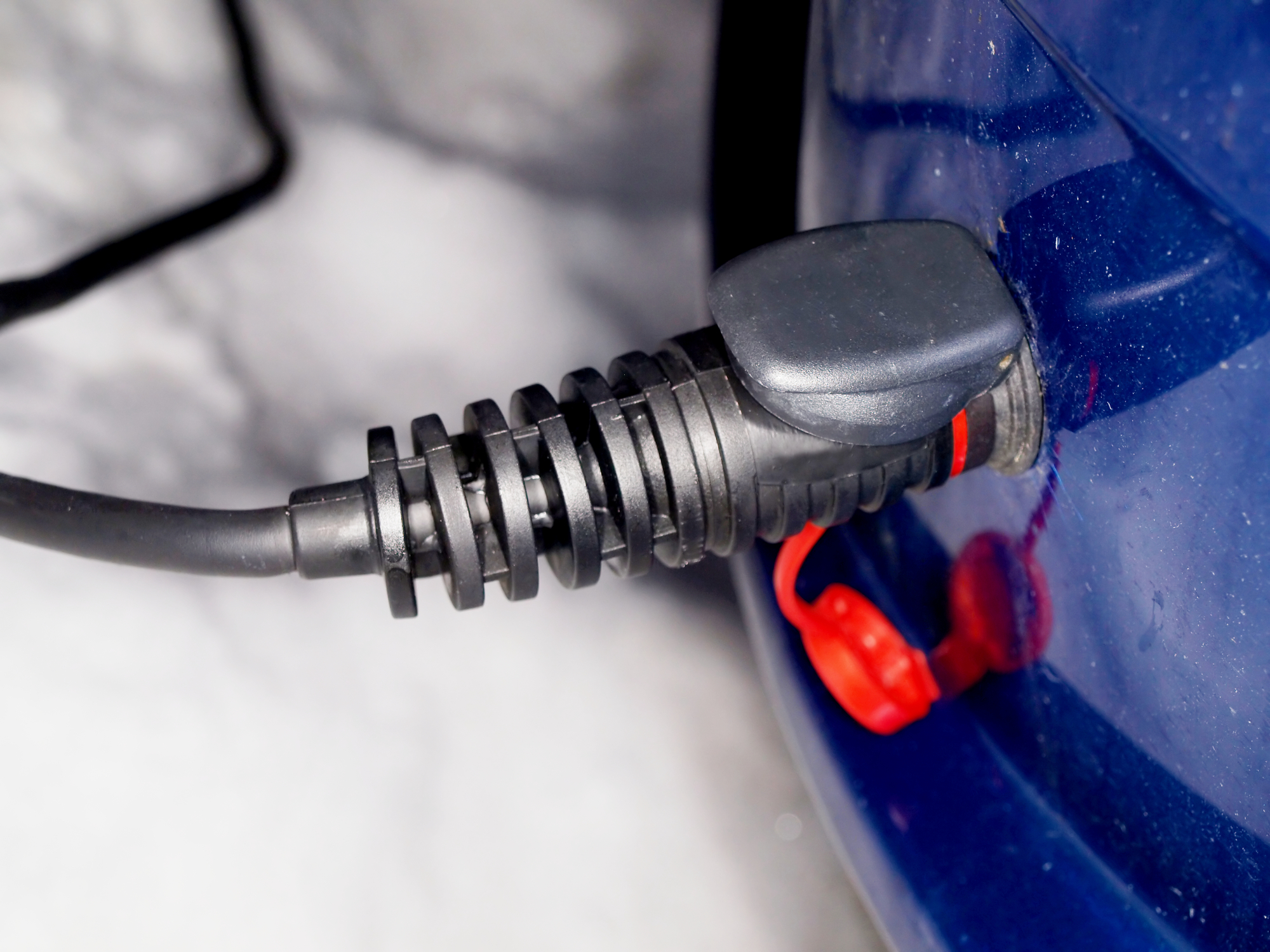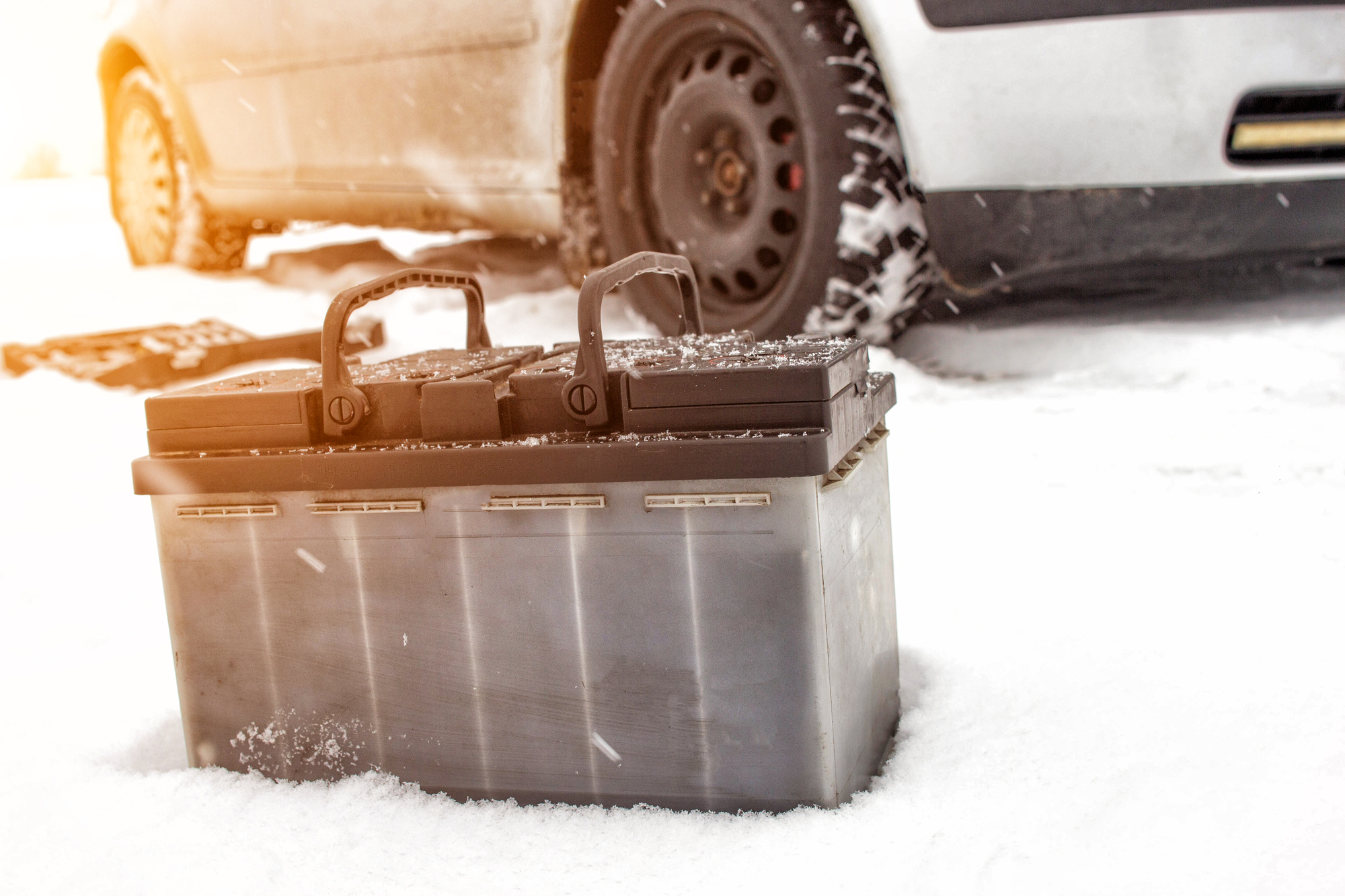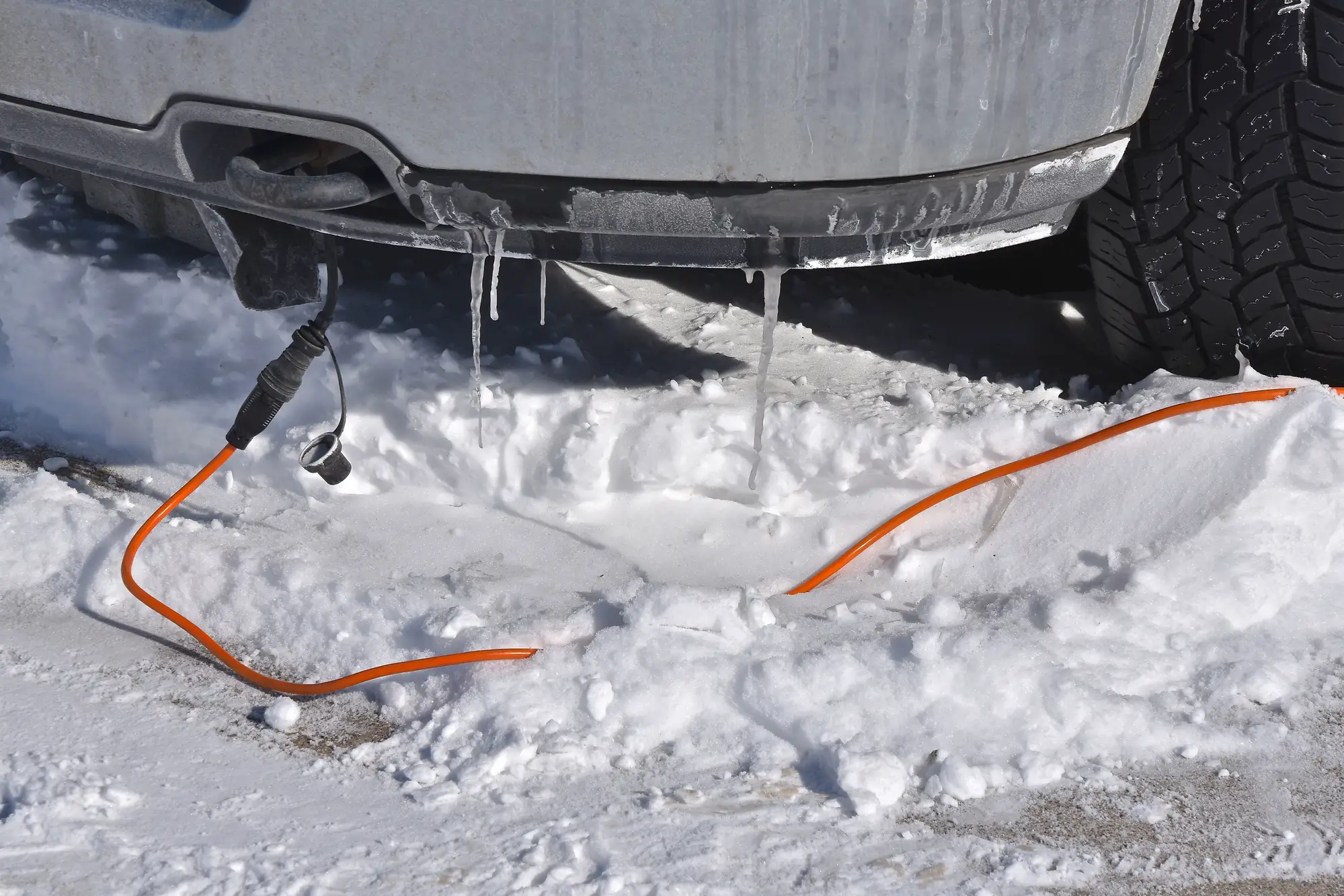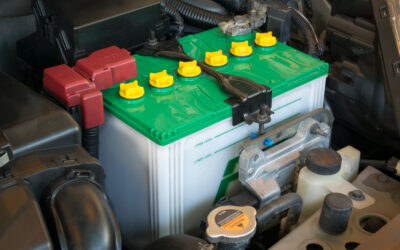As the weather begins to cool off and winter approaches, many people start to think about using block heaters on their vehicles. But what does plugging your car in actually do? And is it really necessary?
Plugging your car in overnight provides a number of benefits come morning. Most importantly, it helps to thicken the engine oil, which can become gooey in cold weather. That makes difficult for the engine to start and lubricate properly, especially if you have presence of water in your engine oil. That can significantly increase wear of the engine parts. Additionally, it warms up the coolant and prevents it from freezing overnight. Finally, it helps to speed up the defrosting process come morning, so you can get on your way more quickly.
While it’s not strictly necessary to plugging your car in, it can certainly make winter mornings a lot easier. So if you’re able to, consider doing it overnight!
What is engine block heater?

Car block heaters are small electric heater elements within your engine. It warms up engines coolant and oil. Installing a block heating device in your automobile helps to warm it up much faster in the cold temperatures. You can even set block heater timer to turn it on in specific time and it will defrost your vehicle in advance. Typically, engine block heaters are powered via electrical outlet.
Types of engine block heater elements
- External heating element, bolt-on mount
This type of block heater is mounted on the outside of the engine, typically near the oil pan. It uses an electrical cord that plugs into a standard outlet to heat up the motor oil.
- External heating element, magnetic mount
This type of block heater also mounts on the outside of the engine, but uses a magnetic base to attach to the engine. It, too, uses an electrical cord that plugs into a standard outlet.
- Inline heater
This type of block heater is installed in the cooling system, inline with the radiator hose. It uses the engine’s coolants flow to circulate the heat throughout the engine. There is two types of inline heater – with circulation pump and without.
- Frost plug heater
This type of block heater is inserted into the engine block frost plug (a plug in the side of the engine that helps to prevent freezing). It uses the engine’s coolant to circulate the heat throughout the engine.
- Dipstick heater
This type of block heater is inserted into the dipstick tube (the tube that holds the dipstick). It heats up the oil, making it easier to flow on cold mornings.
Benefits of a block heating system
A block heating system can be extremely helpful during the winter months, it provides a lot of benefits:
- It protects your car’s battery from the cold weather, which can cause it to lose power and die more quickly.
- A block heater will reduce fuel consumption because your engine will be warm when you start it up, meaning it won’t have to work as hard.
- Warming up your cold engine and interior in advance with a block heater will make those cold mornings much more bearable.
- Finally, warming up the engine oil with a block heater can reduce friction during the first few minutes of running, which can help to prolong the life of your engine.
How cold should it be before I plug in my car?

According by AMA (Alberta Motor Association) recommendations, temperature outside must reach -15ºC (5ºF) before it’s necessary to plug your car in.
Of course, there are other factors to consider beyond the temperature outside. If you live in an area with a lot of snow and ice, or if you know the roads will be particularly slick in the morning, you may want to consider plugging your car in even when the temperature isn’t quite that low.
How long should I use the car block heater?

As a general rule of thumb, you should plan to use the car block heater for at least an hour before you need to leave. This will give the heater plenty of time to do its job and make sure your car is nice and warm when you’re ready to hit the road.
Of course, there’s no need to leave the car block heater on all night long. The manufacturer recommends leaving the engine block heater plugged in for four hours at most. If you want to be safe, protect system elements from burning and reduce power bill, keep it less than that!
Once your engine is nice and warm, you can turn it off and unplug it from the outlet. And as long as you have the timer set so that it will turn on again a few hours before you need to leave, you’ll be all set.
One more note: remember to plug your car in safely! If you’re using an extension cord, make sure it’s rated for outdoor use and that it’s placed so that there’s no risk of people tripping over it.
How to set block heater timer?
Most car block heaters come with a timer, which allows you to set it to turn on and off at specific times. If you know what time you’ll be leaving in the morning, you can set the timer so that your car will be nice and warm by the time you’re ready to go.
To set the timer, first find the block heater cord and plug it into an outlet. Then, locate the timer and find the instructions. Each timer is a little bit different, but most of them are pretty straightforward to use.
How plugging in your car help the battery?

Plugging in your block heater will give you peace of mind, knowing that the battery will have enough power to turn the engine over without issue. It protects vehicle batteries mostly by warming engine oil.
Starting a cold engine requires more energy from the battery and forces starter to work harder due to thicker oil, which increases friction inside the engine. In addition, cold temperatures is causing chemical reactions inside the battery that reduce its capacity and ability to hold a charge.
If your car have weak battery, this is the reasons why it will have a tough times during the winter. Be sure to have your car’s battery tested!
Can you start your car while its plugged in?

Yes, you can start your car while the block heater is plugged in. The block heater elements are separate from the engine moving parts and the electric system, so there is no risk of damage to the engine. So you can easily turn ignition on or start your vehicle remotely if you have this feature installed!
How to pick the right size and wattage for your car

The size and wattage of your car’s block heater will depend on the make and model of your vehicle. A general rule of thumb is that a 100-watt heater will work for most small cars, while a 200-watt heater is better for larger vehicles. You can usually find this information in your car’s owner’s manual.
When choosing a block heater, it’s also important to pick one that is the correct voltage for your vehicle. Most cars in North America use 110-volt power, but some European models may require 220 volts.
General advices for car owners in cold weather

- Avoid idling for long periods of time: If you’re going to be stopped for more than a minute or two, it’s better to turn your engine off. Idling for long periods of time will lead to use more gas and put unnecessary strain on your engine.
- Keep your gas tank at least half full: This will help keep your fuel line from freezing.
- Be prepared for emergencies: Make sure you have a winter emergency kit in your car, including a shovel, flares, and extra blankets. Don’t forget about first aid kit either! And if you get stranded, stay with your car until help arrives. Sometimes, it could take hours, before roadside assistance comes!
- Check your tires: Make sure your tires are properly inflated and have enough tread to grip the road. Snowy and icy conditions can be tough on tires, so it’s important to be prepared.
- Watch for ice: When the temperatures dip below 0ºC, watch out for black ice. This invisible layer of ice can form on roads and sidewalks, making them extremely slippery. If you hit a patch of black ice, take your foot off the gas and steer into the skid until you regain control.
Read about more tips and tricks in our article: 22 Tips to make your car last longer
Conclusion:
If you live in an area that gets cold winters, it’s important to take steps to prepare your vehicle for the weather. Plugging in your car is a great way to keep your engine warm, increase fuel economy and prolong the life of your battery. Just be sure to choose the right size and wattage for your vehicle, and follow the manufacturer’s instructions for use. There is no reason to not use this helpful technology! With a little preparation, you can help ensure that your car is ready to take on whatever winter throws its way.




